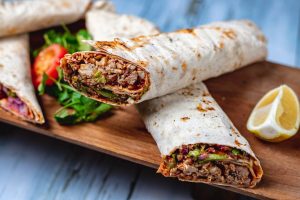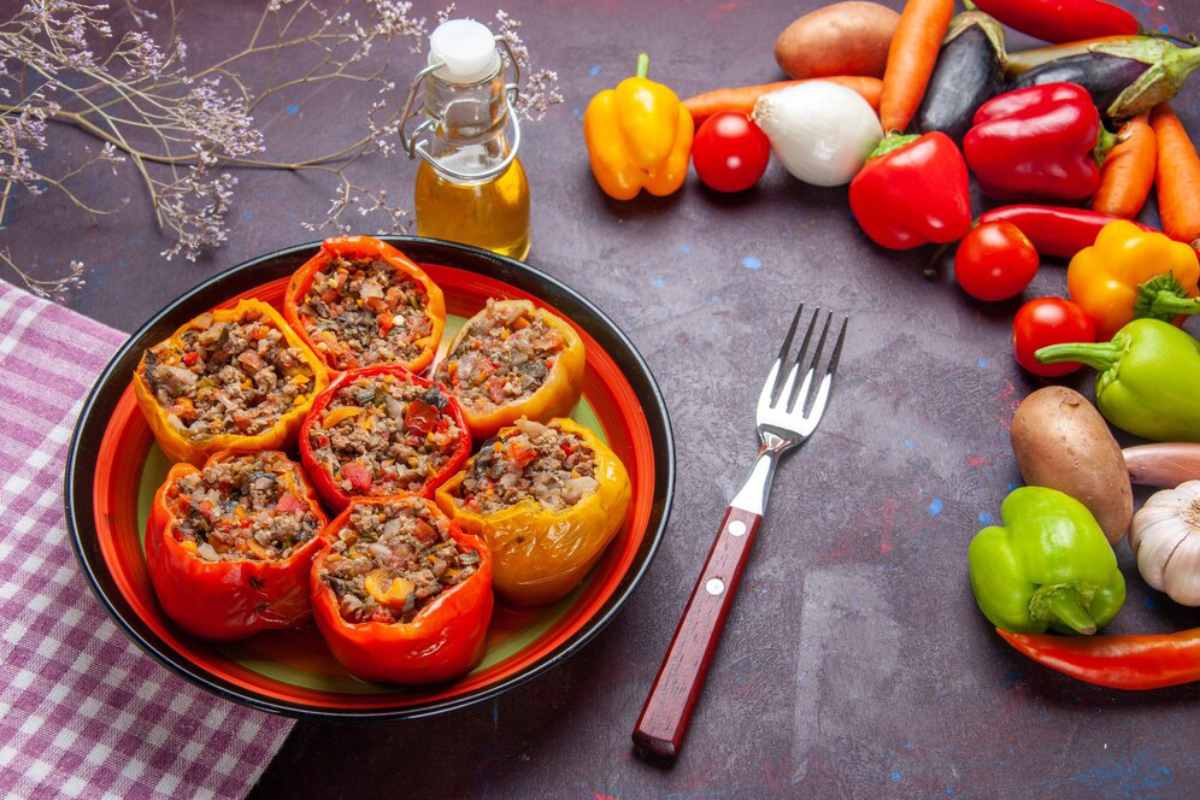The Automobiles Blog
Colombian Arepas: Regional Street Food Variations
Few foods encapsulate the heart of a culture like the humble arepa. In Colombia, the arepa is more than a daily staple—a cultural emblem, enjoyed at breakfast, lunch, and even as a late-night snack. Walk through any Colombian city or village, and the scent of grilled corn wafts from street corners, family kitchens, and roadside stalls. But what makes this Colombian street food so special isn’t just its flavour—it’s the regional pride embedded in every bite.
In this article, we’ll explore Colombia’s rich diversity of arepas, from the coast to the Andes. You’ll learn about the different types of arepa variations, the cultural traditions they represent, and why this versatile dish thrives as a street food icon. Whether you’re a food enthusiast, traveller, or someone with Colombian roots, this guide will give you a taste of the country’s soul through its arepas.
What Are Arepas?
A Historical and Culinary Foundation
An arepa is a round, flat cake made from ground maise dough or pre-cooked corn flour. Its origins predate the colonial era, stemming from indigenous culinary traditions shared by modern-day Colombia and Venezuela. Colombia’s arepas have evolved into hundreds of forms, reflecting the country’s diverse regions, climates, and cultural histories.
Basic Ingredients
The traditional Colombian arepa recipe includes:
- White or yellow cornmeal (pre-cooked)
- Water
- Salt
- Optional: cheese, butter, or milk for richness
What follows from these simple ingredients is a delicious blank canvas, ready to be transformed by local customs and flavours.
Regional Arepa Variations in Colombia
1. Arepa de Choclo (Antioquia & Coffee Region)
One of the most beloved arepa variations, this sweet corn arepa comes from Colombia’s interior regions.
Key features:
- Made with tender yellow corn and often sweetened
- Stuffed or topped with fresh cheese
- Grilled and served hot with butter
Perfect Pairing: Enjoy it with Colombian hot chocolate or café con leche for breakfast.
2. Arepa Boyacense (Boyacá)
The Arepa Boyacense is thick, buttery, and subtly sweet from the high-altitude Andean region.
Why it stands out:
- Mixed with cuajada (fresh cheese), wheat flour, and panela (unrefined cane sugar)
- Baked rather than grilled, resulting in a soft yet crumbly texture
This arepa is often eaten as a midday snack or served with a glass of avena (a sweet oat-based drink).
3. Arepa Santandereana (Santander)
This variety hails from the north-eastern department of Santander and reflects its more rustic, traditional roots.
Unique traits:
- Made from yellow corn, mixed with chicharrón (crispy pork rind)
- Grilled over open flames for a crunchy exterior
Rich in flavour and texture, this arepa is a street food staple during regional fairs and festivals.
4. Arepa de Huevo (Caribbean Coast)
Possibly the most famous Colombian street food export, the Arepa de Huevo is a carnival of taste.
Preparation method:
- Deep-fried corn dough stuffed with a raw egg, which cooks inside as it fries
- Sometimes includes ground beef or shredded meat for extra heartiness
It is popular in Cartagena, Barranquilla, and the wider Caribbean coast. It is often sold at street stalls and is loved for breakfast or afternoon snacks.
5. Arepa Valluna (Valle del Cauca)
Hailing from the southwest, this variation is known for its simplicity and pliability.
Features:
- Thin and wide, almost like a tortilla
- Often served as a side dish with meat or sancocho (a hearty soup)
It’s common to find Arepa Valluna served alongside grilled meats in Cali’s asados (barbecue) culture.
6. Arepa de Queso (Nationwide)
Though found across the country, each region spins this cheesy delight.
Why people love it:
- Fresh cheese is kneaded directly into the dough
- Grilled until the cheese melts and forms a golden crust
In Medellín, the cheese may be more subtle, while it’s intensely savoury on the coast.
Arepas in Colombian Street Food Culture
More Than a Meal
Arepas are a social food in Colombia. Vendors serve them fresh off the griddle in bustling markets, at bus stops, and during local festivities. These stalls are often family-run, with recipes passed down through generations.
Why do they thrive as street food?
- Affordable and filling
- Portable and easy to eat on the go
- Customisable with a wide range of fillings and toppings
Common fillings include:
- Shredded beef or chicken
- Cheese and ham
- Avocado and egg
- Hogao (a traditional tomato-onion sauce)
Economic and Cultural Importance
According to the Colombian Association of Gastronomic Heritage, the arepa industry supports thousands of small businesses and street vendors and plays a central role in preserving centuries-old culinary traditions.
In 2020, Colombia’s Ministry of Culture launched a national campaign to recognise and promote arepas Colombia-wide as part of the country’s intangible cultural heritage.
Nutritional Value of Arepas
While not all arepas are health food per se, they can be part of a balanced diet, especially when made with whole corn and minimal oil.
Healthier arepa tips:
- Opt for baked over fried
- Use fresh cheese and vegetables as toppings
- Choose fillings rich in protein, such as grilled chicken or beans
Homemade arepas allow for greater nutritional control and are naturally gluten-free, making them a wise choice for those with dietary restrictions.
Modern Takes on Traditional Arepas
Colombia’s younger chefs embrace the arepa, adding modern twists while respecting traditional roots. In Bogotá and Medellín, you’ll find arepas:
- Topped with smoked salmon and cream cheese
- Infused with quinoa or chia seeds
- Served as mini sliders with pulled pork or mushrooms
This new creativity wave brings Colombian street food to upscale restaurants and international food fairs.
Case in point: Chef Leonor Espinosa, a leading figure in Colombian gastronomy, often incorporates traditional arepas into gourmet dishes, blending the old with the new to celebrate regional identity.
Arepas Beyond Colombia
While Venezuela shares a similar arepa tradition, Colombian arepas are now making their mark globally. Colombian communities in London, New York, and Madrid have opened street food trucks and restaurants serving regional styles of arepas to growing audiences.
International interest in Latin American cuisine is fuelling this rise, with food influencers and culinary tourism blogs spotlighting the arepa variations unique to Colombia.
Celebrating Colombia’s Culinary Mosaic
Colombian arepas are more than just corn cakes — they are edible expressions of identity, history, and community. Each variety tells a regional story from the crispy Arepa de Huevo on the Caribbean coast to the cheesy Arepa Boyacense in the mountains.
By embracing these arepa variations, Colombia preserves its culinary heritage and shares it with the world. Whether you visit a local arepa stand in Bogotá or experiment with your arepa recipe at home, you’re participating in a long-standing cultural tradition.
Ready to try your hand at making Colombian arepas? Start with the classic Arepa de Queso or explore the bold flavours of an Arepa de Huevo — your tastebuds will thank you.








